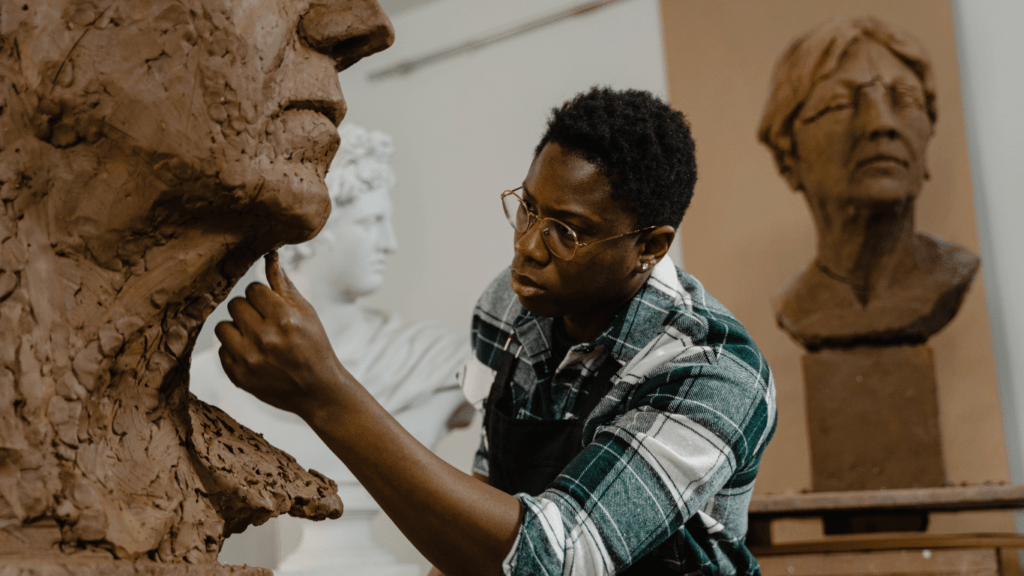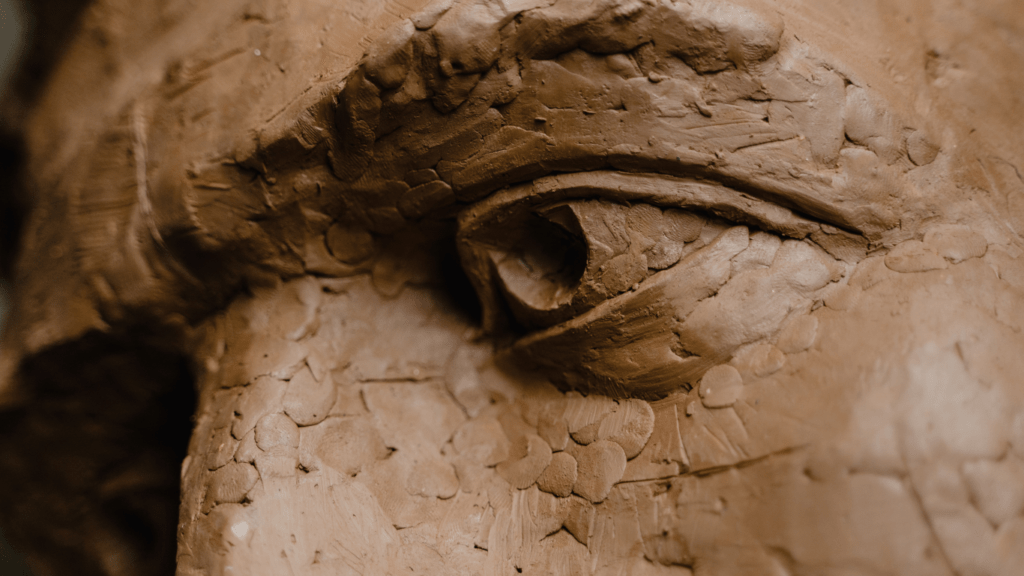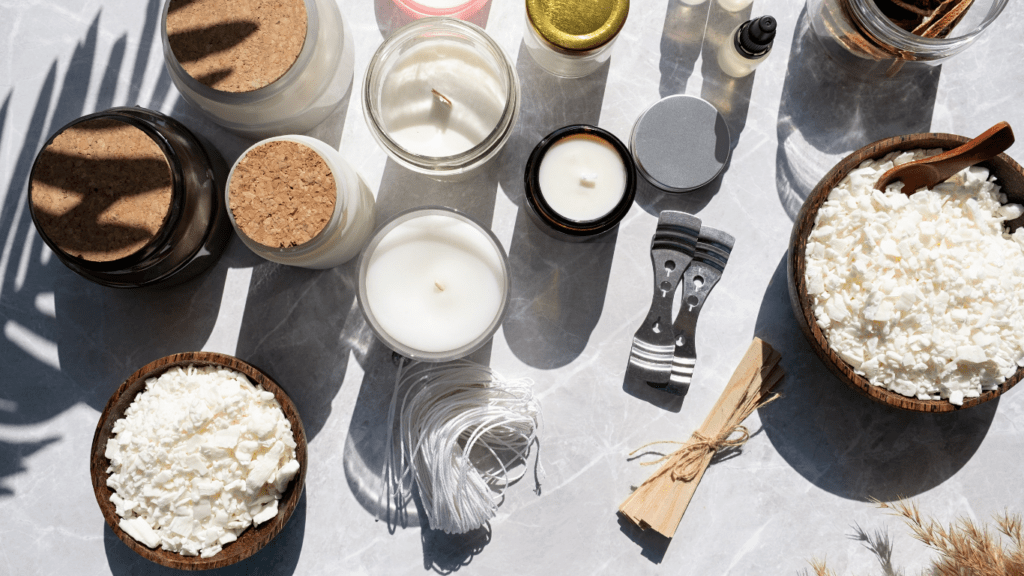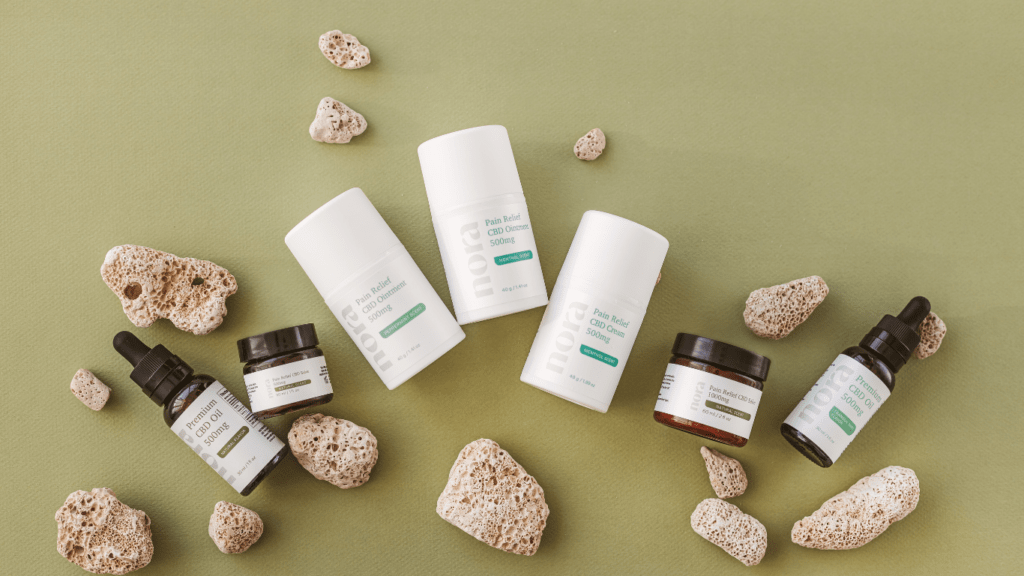When it comes to creating intricate and detailed polymer clay projects, choosing the right type of clay can make all the difference. In my experience, selecting the top polymer clays specifically designed for fine detail work is crucial for achieving professional results. These clays are formulated to be more pliable, allowing for delicate shaping and intricate designs that truly stand out.
In this article, I’ll share my insights on the best polymer clays available for fine detail work, highlighting their unique features and advantages. Whether you’re a seasoned polymer clay artist looking to enhance your creations or a beginner eager to dive into the world of intricate designs, understanding the characteristics of these top clays can elevate your craft to the next level. Get ready to explore the world of polymer clays tailored for fine detail work and unleash your creativity like never before.
Understanding Polymer Clays for Detail Work
Polymer clay is a versatile modeling material that can be baked to harden. It is known for its ability to retain fine details and intricate designs, making it a popular choice among artists and crafters.
What Is Polymer Clay?
Polymer clay is a type of modeling clay that is primarily composed of PVC (polyvinyl chloride) particles. It is pliable, can be easily molded into various shapes, and comes in a wide range of colors. Once shaped, polymer clay can be cured in a home oven or with a heat gun to harden and retain its form.
Importance of Fine Detail in Clay Projects
Achieving fine detail in clay projects is crucial for creating visually striking and professional-looking pieces. Whether it’s intricate textures, precise patterns, or delicate sculptures, attention to detail sets exceptional clay artworks apart. Using polymer clays specifically formulated for fine detail work ensures that every aspect of your creation is accurately captured and preserved during the baking process.
Key Features of Top Polymer Clays
When it comes to intricate projects, the key features of polymer clays play a crucial role in achieving fine detail work. Let’s explore the essential characteristics that make certain polymer clays stand out for precision crafting.
- Strength and Flexibility
Polymer clays renowned for fine detail work excel in both strength and flexibility. This ensures that delicate designs and intricate patterns can be manipulated and handled without breaking or distorting. By maintaining optimal strength and flexibility, artists can confidently work on detailed projects, knowing that the clay will hold up under intricate sculpting and shaping processes - Color Retention and Fading
Top polymer clays for fine detail work boast impressive color retention properties. These clays offer vibrant and rich colors that stay true even after baking, ensuring the intricate details of your project are beautifully showcased. Additionally, their resistance to fading over time guarantees that your creations will maintain their visual appeal for years to come, providing a lasting showcase for your meticulous craftsmanship. - Baking and Curing Properties
The baking and curing properties of premium polymer clays are tailored to support intricate projects. These clays exhibit precise hardening characteristics during the baking process, allowing artists to confidently work on fine details knowing that the clay will cure evenly and retain all the intricate nuances of their design. With consistent and reliable baking properties, top polymer clays ensure that your fine detail work is preserved and showcased at its best.
Reviewing Top Polymer Clays for Fine Detail Work

When it comes to working on intricate projects, selecting the right polymer clay is essential to achieve professional results.
Brand A: Features and Benefits
I’ve found that Brand A polymer clay stands out for its exceptional strength and flexibility. This clay is perfect for fine detail work as it retains colors vividly even after baking. Its resistance to fading over time ensures that my detailed creations remain vibrant and eye-catching. Moreover, the precise baking and curing properties of Brand A make it a top choice for artists who value accuracy and quality in their work.
Brand B: Pros and Cons
In my experience, Brand B polymer clay has its set of advantages and disadvantages. One notable pro is its affordability, making it a budget-friendly option for artists. However, it can be a bit challenging to maintain fine details during the baking process with this clay. Despite this, its versatility and ease of use make it a popular choice among creators looking to experiment with different techniques.
Brand C: User Experiences
Based on user feedback, Brand C polymer clay has received praise for its user-friendly nature and smooth texture, making it easy to work with for intricate designs. Artists appreciate the ease of sculpting and shaping this clay, allowing them to bring their detailed visions to life effortlessly. However, some users have noted that Brand C clay may require slightly longer baking times for intricate projects to ensure proper hardening.
Tips for Working With Polymer Clay for Detailed Projects
Working with polymer clay for detailed projects requires precision and care to ensure the best results. Here are some valuable tips to enhance your experience:
Conditioning the Clay Properly
To achieve optimal results with polymer clay for fine details, it’s crucial to thoroughly condition the clay before starting your project. Proper conditioning makes the clay more malleable and removes any air bubbles that can affect the final outcome. I recommend using a clay conditioning machine or kneading the clay by hand until it reaches a smooth and pliable consistency.
Utilizing Specialized Tools
When working on intricate projects with polymer clay, using specialized tools can significantly enhance the detailing process. Tools such as needle tools, sculpting tools, and precision blades can help you achieve crisp lines, intricate textures, and precise shapes. Having the right tools at your disposal can make a remarkable difference in the overall quality of your work.
Techniques for Adding Intricate Details
Incorporating intricate details into your polymer clay projects requires specific techniques to ensure precision and finesse. One effective technique is to work in layers, gradually building up the details to avoid overwhelming the clay. Another useful method is to use small, delicate tools for fine detailing, allowing for more control and accuracy in creating intricate patterns and textures. Experimenting with different techniques will help you discover the methods that work best for your unique style and projects.

 Christyn Stearnsio, the visionary founder of Sculpture Creation Tips, is a passionate artist with a deep love for the art of sculpting. With years of experience in the field, Christyn has dedicated her career to sharing her knowledge and expertise with others, creating a platform that serves as a comprehensive guide for sculptors at all levels. Sculpture Creation Tips is a testament to her commitment to nurturing creativity and helping artists master the delicate craft of sculpting. Through detailed tutorials, insightful articles, and a supportive community, Christyn empowers aspiring sculptors to explore their artistic potential, refine their skills, and bring their unique visions to life. Her dedication to the art form is evident in every piece of advice and inspiration she shares, making Sculpture Creation Tips a trusted resource for sculptors around the world.
Christyn Stearnsio, the visionary founder of Sculpture Creation Tips, is a passionate artist with a deep love for the art of sculpting. With years of experience in the field, Christyn has dedicated her career to sharing her knowledge and expertise with others, creating a platform that serves as a comprehensive guide for sculptors at all levels. Sculpture Creation Tips is a testament to her commitment to nurturing creativity and helping artists master the delicate craft of sculpting. Through detailed tutorials, insightful articles, and a supportive community, Christyn empowers aspiring sculptors to explore their artistic potential, refine their skills, and bring their unique visions to life. Her dedication to the art form is evident in every piece of advice and inspiration she shares, making Sculpture Creation Tips a trusted resource for sculptors around the world.
